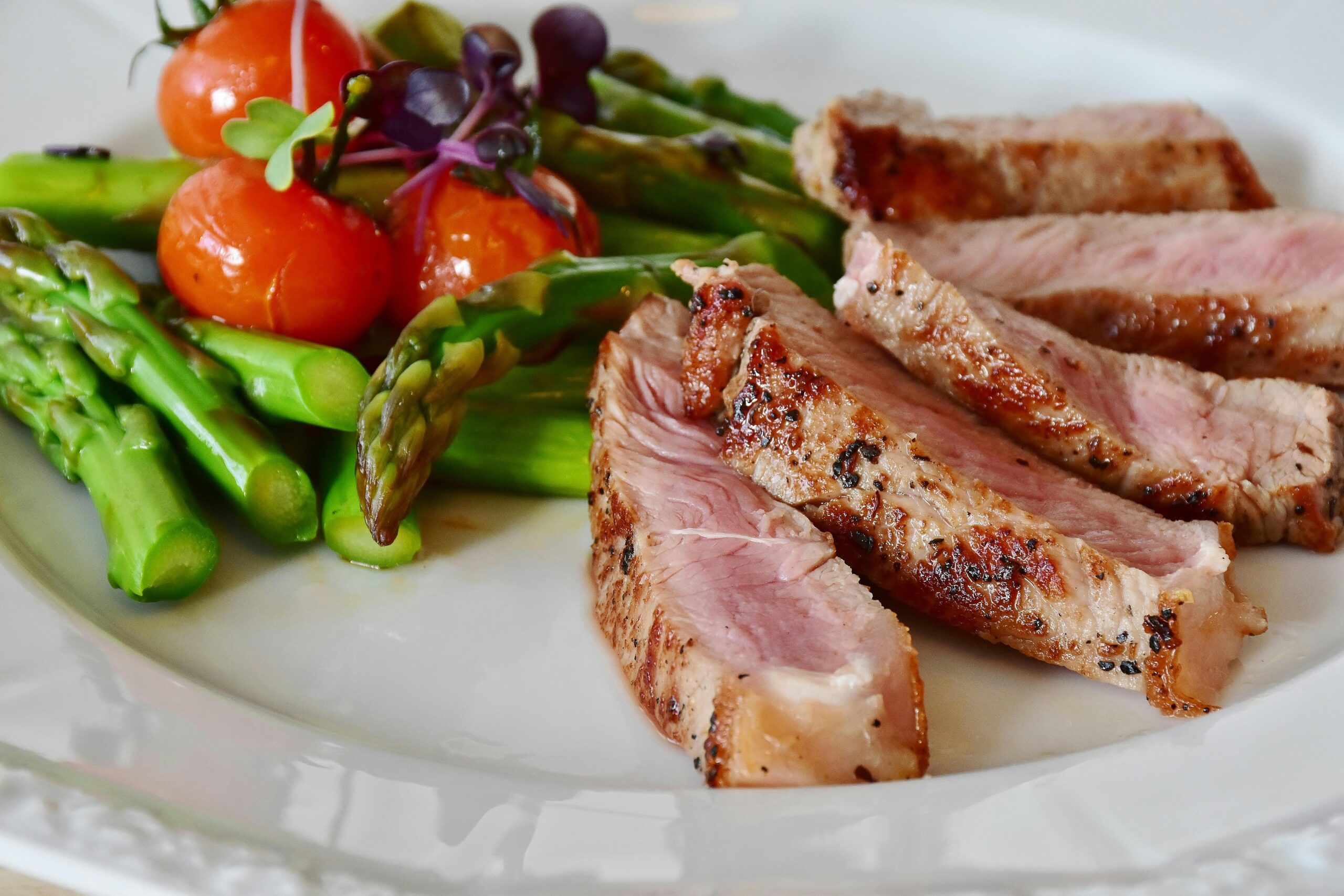Sick of yo-yo dieting and feeling lost in a sea of conflicting nutrition advice? You’re not alone! But what if weight loss wasn’t about deprivation or fad diets? A personalized nutrition plan for weight loss can be your secret weapon, helping you shed pounds and feel your best, all while enjoying delicious food.
This article will guide you through creating a nutrition plan that fits your lifestyle and preferences. We’ll explore tips for portion control, healthy food swaps, and strategies to keep you motivated on your weight loss journey.
Building Your Winning Nutrition Plan
There’s no one-size-fits-all plan for weight loss. The key is to find an approach that you can stick with in the long run. Here’s how to get started:
- Know Your Numbers: Understanding your daily calorie needs is crucial. This will help you create a slight calorie deficit, which is key for weight loss. There are many online calculators or consult a registered dietitian for personalized guidance.
- Listen to Your Body: Pay attention to hunger and fullness cues. Eat until you’re comfortably satisfied, not stuffed. This will help you avoid overeating and promote good weight management.
- Make Gradual Changes: Don’t try to overhaul your entire diet overnight. Start by making small, sustainable changes, like incorporating more fruits and veggies or swapping sugary drinks for water.
Portion Control: Your Secret Weapon
Portion control is a key factor in weight loss. Here are some tips to master it:
- Downsize Your Dishes: Using smaller plates and bowls can help you eat less without feeling deprived.
- Measure It Out: Invest in measuring cups and spoons for the first few weeks to get a sense of serving sizes.
- Mindful Munching: Avoid mindless snacking while watching TV or working. Sit down and savor your food, paying attention to portion sizes.
Healthy Food Swaps for Weight Loss Success
Small changes can make a big difference. Here are some healthy alternatives to consider:
- Sugary Drinks: Ditch the sodas and juices for water, unsweetened tea, or sparkling water with a squeeze of citrus.
- Refined Carbs: Swap white bread, pasta, and rice for whole-wheat options. They help you feel fuller for longer.
- Fried Foods: Opt for baked, grilled, or steamed options instead. They’re lower in calories and unhealthy fats.
- High-Fat Meats: Choose lean protein sources like chicken breast, fish, or beans.
- High-Fat Dairy: Switch to low-fat or fat-free yogurt and milk. They provide the same protein and calcium with fewer calories.
Fueling Your Body for Weight Loss
Your body needs a variety of nutrients to function optimally and support weight loss. Here’s what to focus on:
- Fruits and Veggies: Aim for at least five servings per day. They’re low in calories and packed with vitamins, minerals, and fiber to keep you feeling full.
- Whole Grains: Whole grains like brown rice, quinoa, and whole-wheat bread provide sustained energy and keep you feeling satisfied longer.
- Lean Protein: Lean protein sources like chicken, fish, beans, and lentils help build muscle, which burns more calories at rest.
- Healthy Fats: Don’t ditch all fats! Healthy fats from sources like avocados, nuts, and olive oil keep you feeling full and support hormone health.
Staying Motivated on Your Weight Loss Journey
Sticking to a plan can be challenging. Here are some tips to stay motivated:
- Set Realistic Goals: Don’t expect to lose weight overnight. Set tiny, manageable goals to celebrate along the way.
- Find a Support System: Tell friends and family about your goals and enlist their support. Join online communities or find a weight loss buddy for encouragement.
- Focus on Progress, Not Perfection: There will be setbacks. Don’t beat yourself up; simply get back on track the next day.
- Reward Yourself: Celebrate your achievements! Treat yourself to a non-food reward for reaching your goals, like a new workout outfit or a relaxing massage.
Remember that weight loss is a process, not a goal. Embrace healthy habits, find joy in nourishing your body, and celebrate your progress every step of the way!
